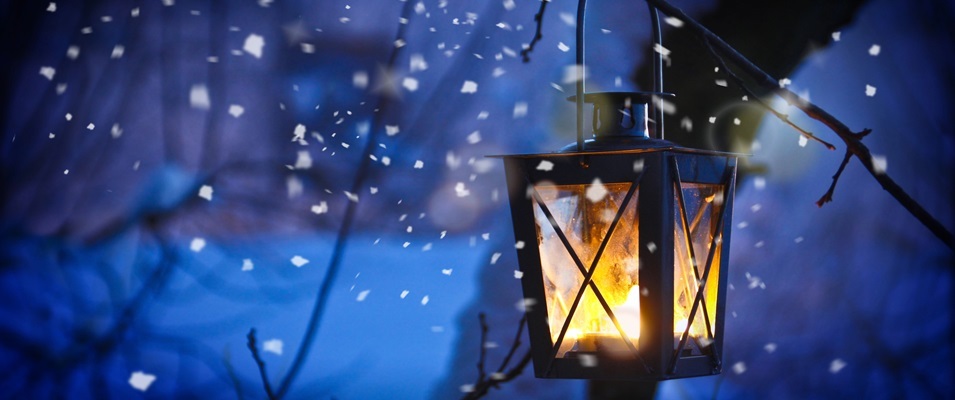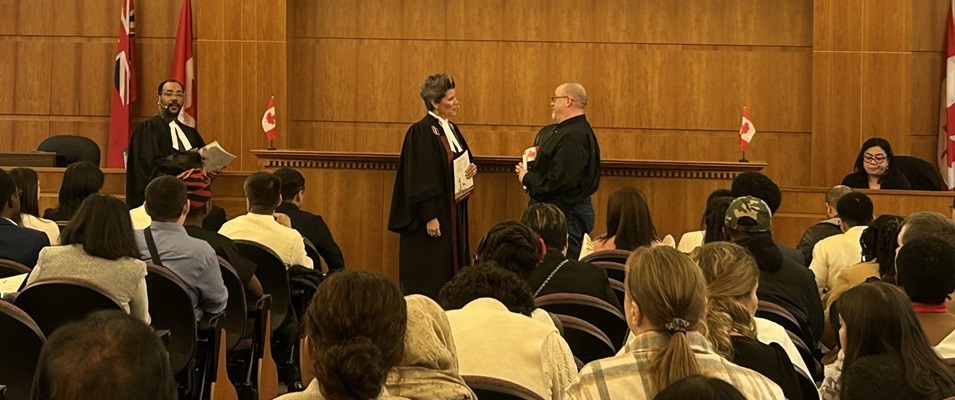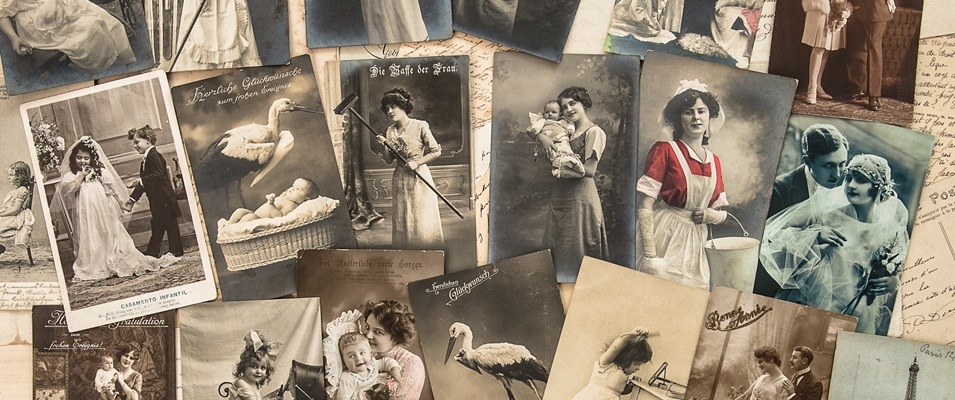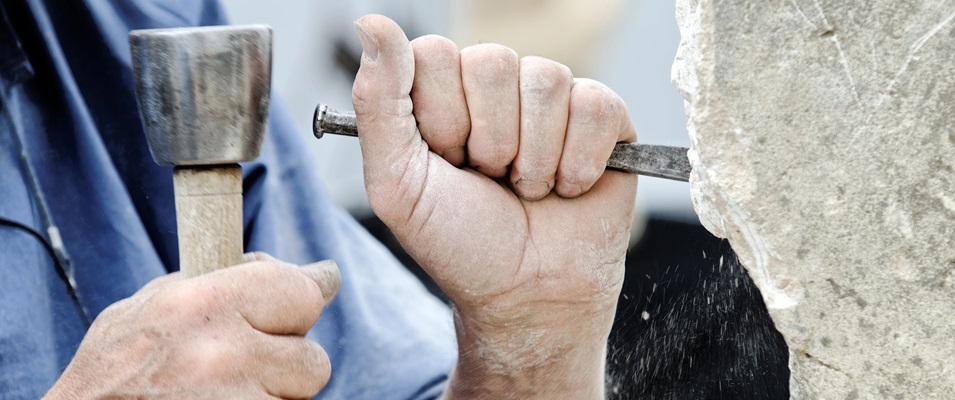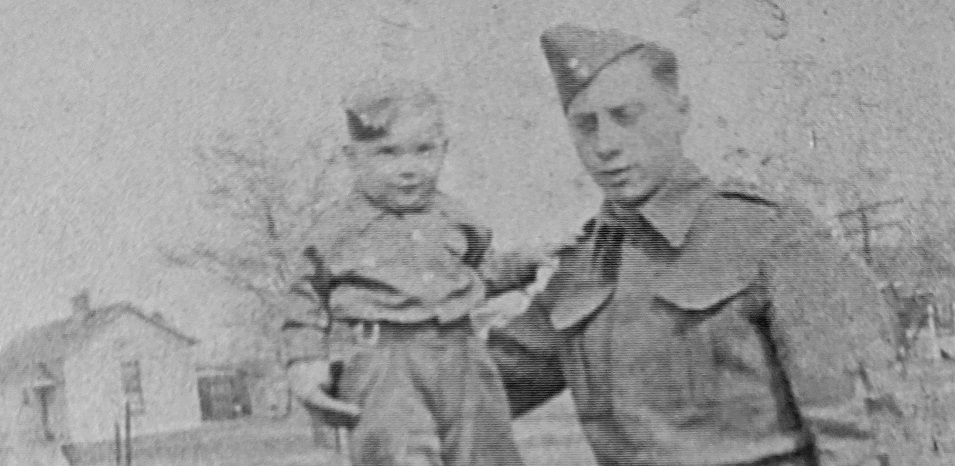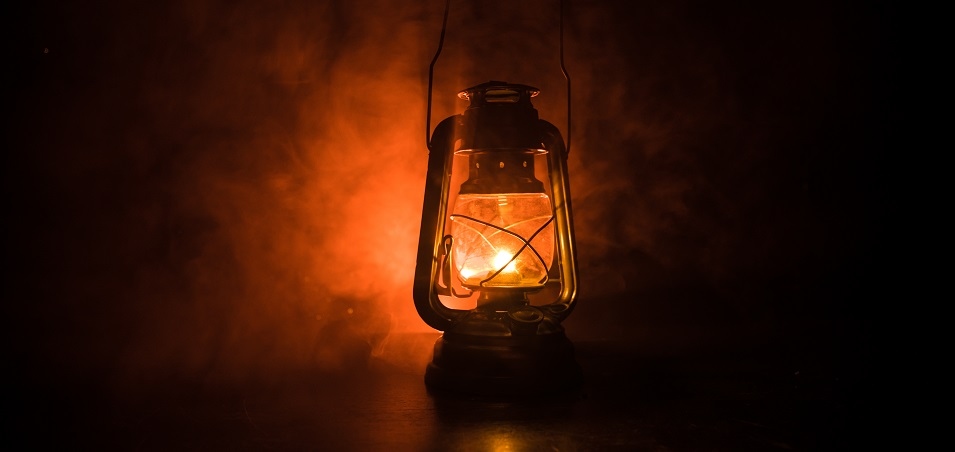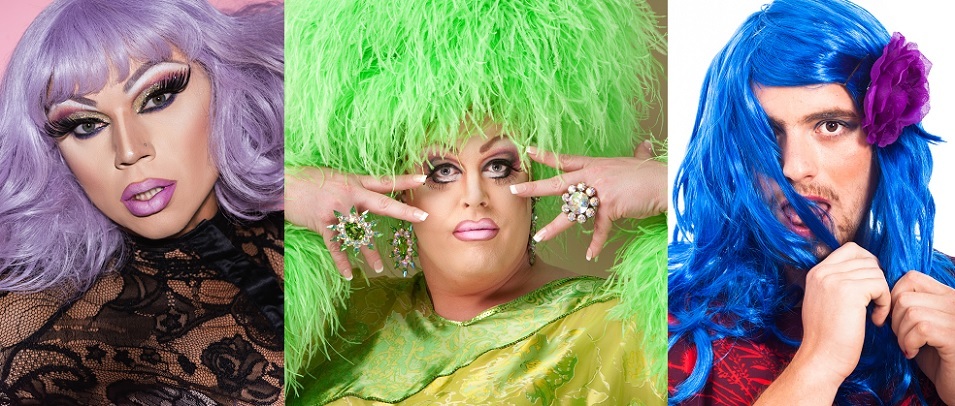
On April 22, Australian actor and comedian Barry Humphries passed away at the age of 89. Few Canadians would recognize this prolific actor, but perhaps a few more of them would recognize his most famous character, Dame Edna Everage. From 1956 until 2019, Humphries performed this character on stage and on the small screen to critical and fan acclaim, appearing alongside Billy Crystal, Mel Gibson, and many other celebrities.
Dame Edna delivered humorous monologues and told tall tales of her wild younger days and many “close friendships” with famous individuals such as Queen Elizabeth and U.S. President Ronald Reagan.
Beloved by audiences of all ages, Humphries/Dame Edna was arguably the most famous drag performer in the modern world.
Reflecting back on Humphries’ career is a stark contrast to the current controversies regarding Drag Queen Story Hour, a series of events being held at public libraries across both Canada and the United States.
The events began in 2015 as part of an effort to promote empathy and diversity through acting, storytelling, and singalongs. A drag queen—in this context, defined as a male dressing in female clothing and portraying a female persona—takes on the role of the storyteller.
Drag Queen Story Hours are voluntary occasions attended only by those parents and children who wish to be there. The events are family-friendly, the drag queens are subjected to a vetting process, and the stories read are age-appropriate for the children in attendance.
Despite all that, we’ve seen growing outrage directed at these events. Drag queens are accused of being child predators and using these events to “groom” children for future abuses. Public libraries which host these events have been subjected to protests and their staff targets of harassment, with threats of violence becoming increasingly common.
Recently in Calgary, a prolific street preacher—a man with ties to Manitoba who has a criminal record and history of violence—was arrested after repeated warnings to cease harassing and threatening drag queen volunteers, library staff, and families.
With such heated public discourse, it would seem prudent to examine the history of drag performances and to learn more about the people behind them.
Dressing in drag, or dressing in a way more typical of the opposite gender for dramatic and comedic purposes, precedes even Dame Edna by centuries. In ancient Greece, female roles in the theatre were portrayed by males, a practice that continued even to the days of Shakespeare.
This custom was not unique to Western cultures. For instance, seventeenth-century Japan had a prolific practice of crossdressing in kabuki theatre.
It was only in the 1950s that drag became more closely associated with the LGBTQ community, bringing with it fresh condemnation.
In modern times, while a minority of drag performances are intended for adult entertainment, drag has typically been used for comedic effect. Films like Tootsie and Mrs. Doubtfire have been wildly popular.
But for those performers who dress in drag more frequently, some level of criticism clearly exists, and the recent accusations of sexualization and grooming demonstrate the nature of the concerns.
So how concerned should we be?
Researchers have been examining the drag phenomenon for decades. While some who act in drag identify as transgender, the majority consider themselves to be cisgender. Of these cisgender individuals, a significant portion are gay—but not all. Many drag performers are straight males who simply enjoy playing a role or expressing parts of their personality or interests that our culture has decided are not masculine.
Others, such as Dame Edna, simply play the role for the fun of it.
As an aside, it should be pointed out that the gendering of clothing is deeply arbitrary. What makes clothing “male” or “female” is not only cultural but subject to rapid changes from year to year. Pink silk, lace, and makeup may seem feminine to us now, but a mere few hundred years ago they were the height of masculine fashion in Renaissance Europe. In other countries, men would wear skirts, or bright colours, or even clothing identical to the women alongside them.
There is nothing inherently masculine about a tuxedo, nor inherently feminine about a pair of pumps, despite what we’ve been telling each other in the recent past in this small corner of our planet.
What about the claims of grooming, sexualization, or child abuse? Many of these claims come from confusion about the nature of homosexuality, with public perception often equating it with paedophilia. This is a baseless claim, with far too much history to detail here. Homosexuality is merely the same-sex attraction to people of an appropriate age; the average gay person is no more likely to be attracted to children than the average straight person.
Research repeatedly indicates that the vast majority of child molesters are cisgendered males who pursue heterosexual adult relationships, and they are overwhelmingly people in positions of trust with children—such as coaches, pastors/priests, or relatives.
Individuals in the LGBTQ community, and drag queens in particular, are no more likely to molest children than any other adult.
There is also some concern that exposing a child to a drag queen is somehow the same as “recruiting” them into the LGBTQ community. Yet again, the data does not support this fear. Decades of research show that sexual orientation is an inherent trait, not something that a child can be convinced to pursue.
These fears represent a misunderstanding about the nature of human sexuality—and only education can cure this. It behoves us as a rational society to have these conversations openly and share what we learn from ongoing research into human nature through psychology and the social sciences.
Due to their history as a very public face of the LGBTQ community, as well as the exaggerated femininity and eccentric personas they present, drag queens have often been a target for hate from the more conservative elements if society. Some research over the last decade suggests that this is intentional.
By playing a formidable yet positive female role, drag queens signal to audiences who may be uncertain about their own identities that they are in a safe and welcoming space to explore their thoughts and feelings. For this reason, drag queens have been an integral part of the civil rights movement for decades, and involvement in drag has been shown to improve one’s mental health.
Despite what we’ve been hearing from some quarters as of late, being a drag queen is about courage more than it is about clothing or gender. Why would we prevent our children from learning about the importance of staying strong in the face of adversity?
Protecting children in our society is a deeply important issue, and we should take advantage of the information we have learned about real grooming and abuse. What will protect our children best is not outrage but factual information. Not misdirected anger but age-appropriate sex education. Not treating the LGBTQ community as second-class citizens but cultivating awareness that our children are most at risk from people in positions of trust in our lives.
All of this can be done with an attitude of empathy towards those who may be different from ourselves. If we can do that, Dame Edna would be proud.






